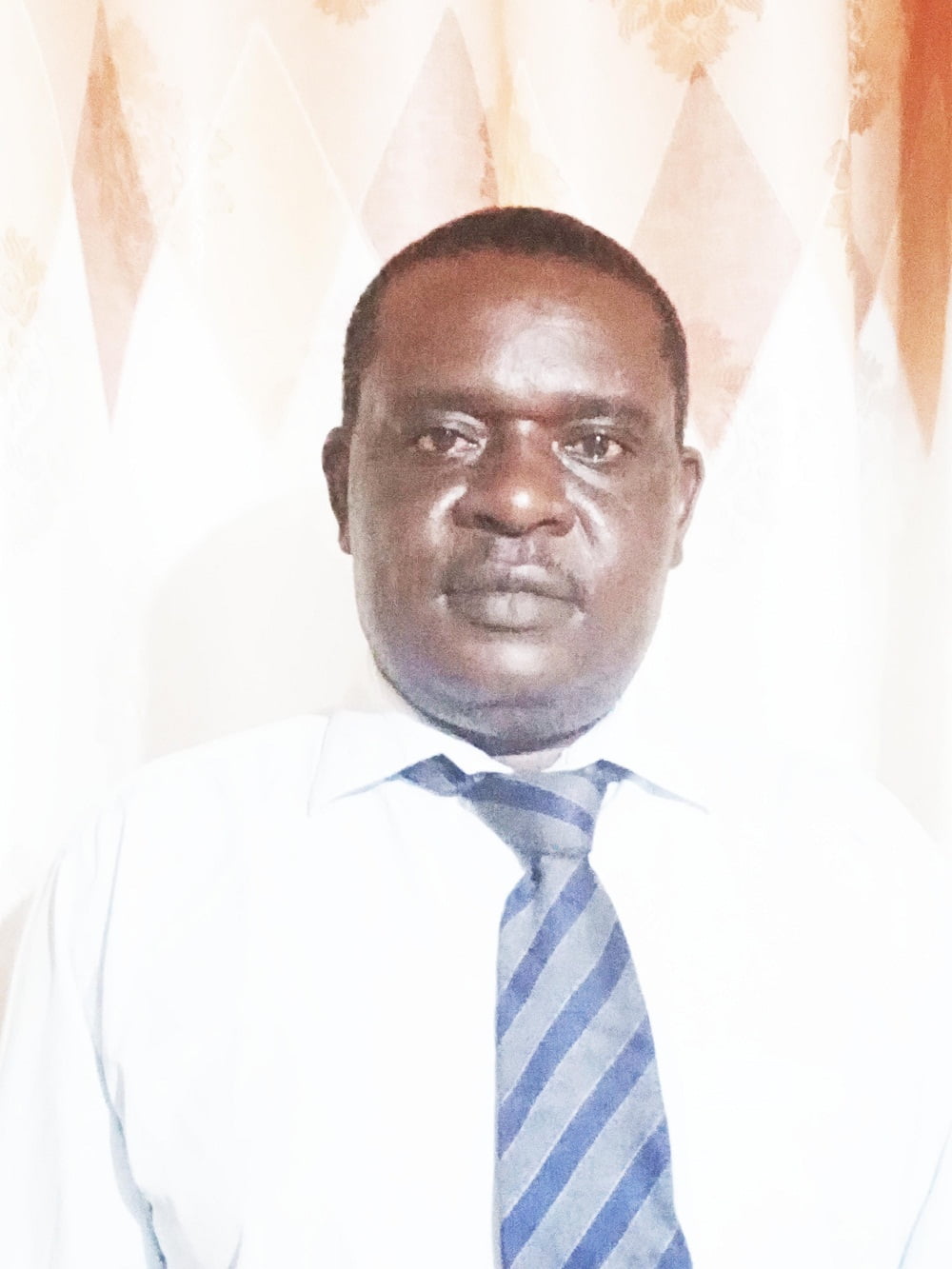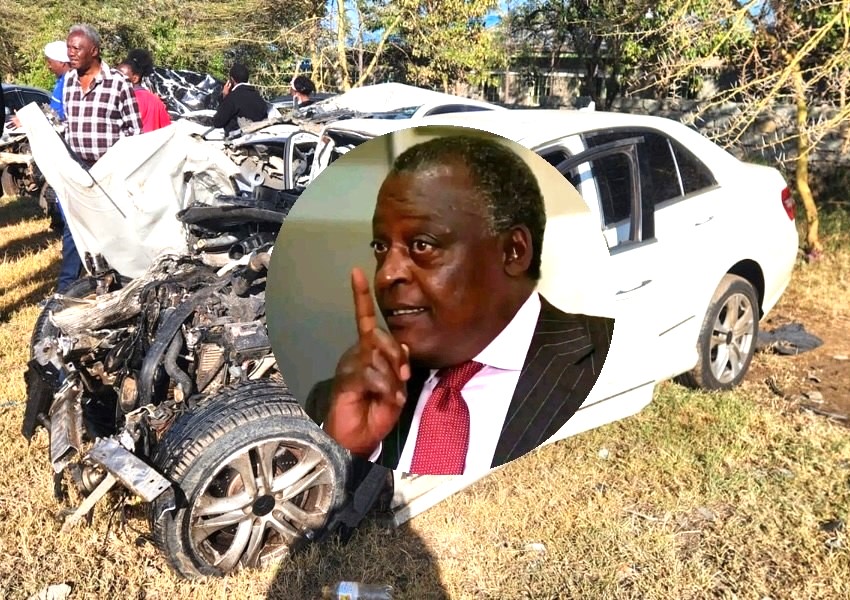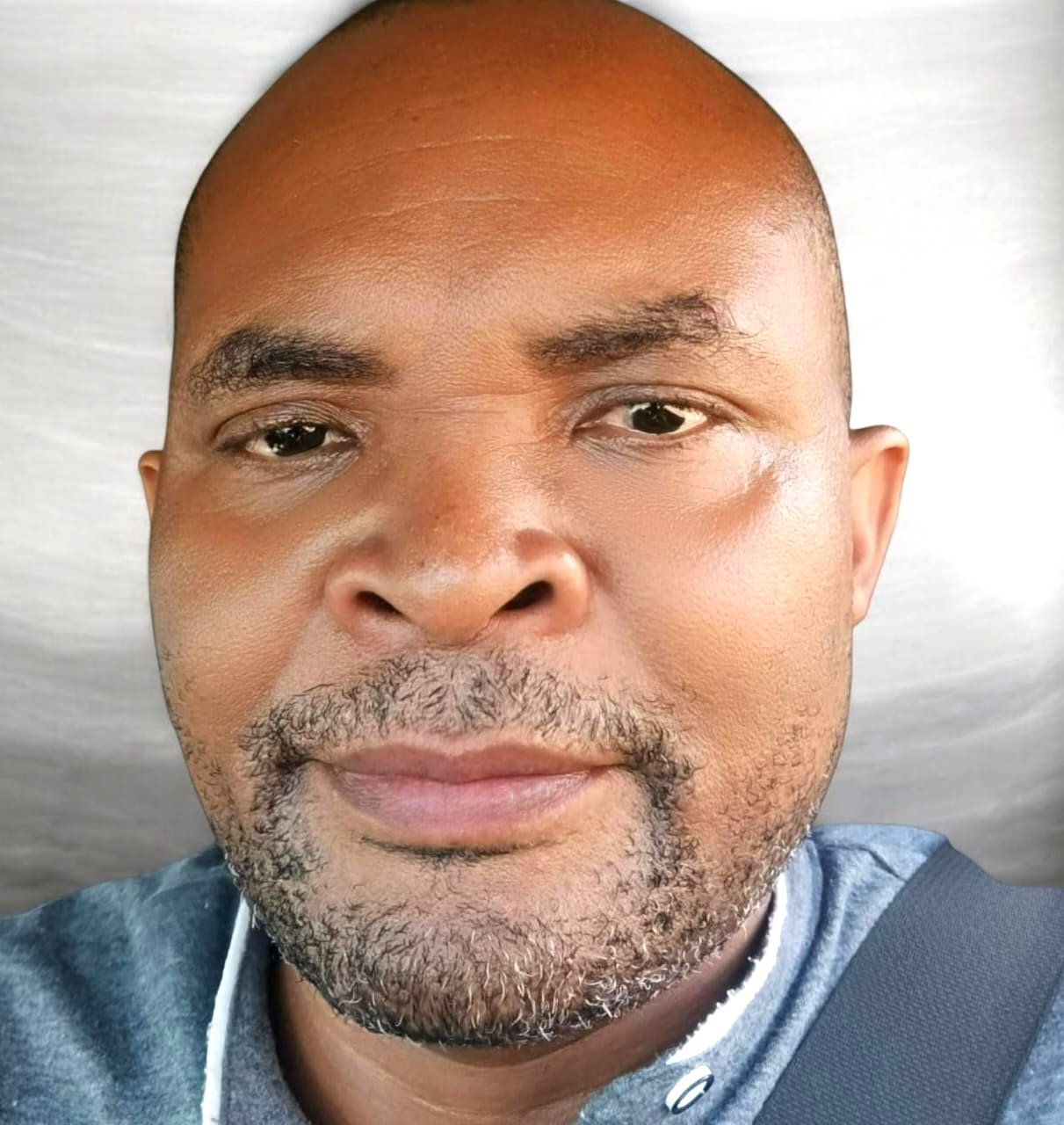By Diperius Wanyonyi
From a historical perspective, teacher management in African Districts was managed by the Local Native Councils-LNC (1925-1949) and later on African District Councils-ADC (1950-1963).
Elected councilors and chiefs were members LNCs/ADCs under the chairmanship of the colonial Districts Commissioners (DC).
The DC exercised prefectural powers over the councils. Chiefs, councilors, heads of mission centers exercised authority over teachers.
It is important to note that LNCs/ADCs collected poll and hut taxes partly to pay teachers’ salaries.
In the 1950s, due to the councils’ inefficiency, the late President Daniel Moi, a teacher by profession agitated for the formation of one teachers’ body.
Following the formation of the first teachers union-the Kenya National Union of teachers (KNUT) in 1957, there was constant demands for the creation of a single body to manage teachers’ issues.
KNUT agitation was complemented by the Kenya Education Commission Report (The Ominde Commission) of 1964. Following the Ominde commission Report, the Teachers Service Commission (TSC) was established in 1967 through an act of parliament.
The TSC was given the responsibility of registering, employing, promoting, paying and disciplining teachers. However, the payment of teachers by local authorities continued until 1974 when the mandate was transferred to the line Ministry of Education where the TSC was domiciled.
According to KNUT and the Ominde Commission Report, the TSC was supposed to be the panacea to all teachers’ empirical problems.
However, the perennial issue to date is the aspect of teacher management. From 1967 to 2010, a teacher was accountable to councilors, Members of parliament, provincial administrators, Ministry of Education officials, the school sponsors, senior government officials just to mention.
In the 1970s, 80s and 90s, the appearance of an area education officer or a TAC tutor sent shivers down the teachers’ spines.
Teachers were reduced to a level of school kids. Occasionally teachers would recite poems and compose songs for the visiting politicians, senior government officials and the provincial administrators.
The DC would even interdict a teacher on the spot for failing to line up school kids to clap for his entourage. It is on record that in the 1980s the powerful DC Mr. Mwango ordered the shaving of a teacher’s goatee at a barasa in Kiambu District.
In Bungoma District, a minister in the 1980s ordered the shaving of overgrown beard of a primary school headmaster in front of everyone including students, his wives and children during the school fundraising.
The head teacher was a distant maternal uncle to the minister; the mheshimiwa had not recognized him. It is said that after the action, the minister was followed by bad omens which led to a road accident that nearly killed him.
Before the 2010 constitution, school inspectors would frequently visit schools and harass teachers in front of their students.
In 1990s I remember in my village school a inspector slapped my best maths teacher, we really sympathized but given that we were young and innocent we did nothing.
Harassment was not only limited to classroom teachers, even head teachers and school principals did not escape the wrath of education officers and senior government officials.
School heads sometimes parted with school money to calm them down. Politicians sometimes would pretend to raise money for school infrastructure only to collect the same cash at the end Harambees.
Parents, the public and the same politicians would then accuse the very school head to have eaten the money.
The Kenyan Constitution of 2010 establishes the TSC under chapter 15 as a constitutional commission. Chapter 15 read together with the TSC Act under section 11, grants the TSC powers as the only regulatory body when it comes to teacher management.
In a nutshell the TSC is mandated to monitor the conduct and performance of teachers in the teaching service; a function that was happily exercised by school inspectors in the 1990s who could pop in classrooms and sit behind in a lioness look, sometimes reading newspapers.
However, the current establishment has not yet deterred school inspectors (Quality Assurance and Standards Officers-QASOs) from visiting schools and usurping the powers of the TSC.
Some inspectors are the relics of the old establishment still harassing teachers in primary and secondary schools.
Qasos are employees of the Public Service Commission who should have minimal contacts with teachers. The TSC should stamp its authority by increasing the number of its competent officers (TSC-qasos) at the grassroots to monitor and regulate the professional aspect of teaching.
Teachers’ unions-KNUT and Kenya Union of Post-Primary teachers (KUPPET) should learn from the brief history and always ensure that constitutional and legal establishment of the TSC is not interfered with.
The unions should be on the look out to protect its members from rogue inspectors.
The author is a researcher and Ph.D. candidate at Moi University in the department of History, political Science and public administration.






